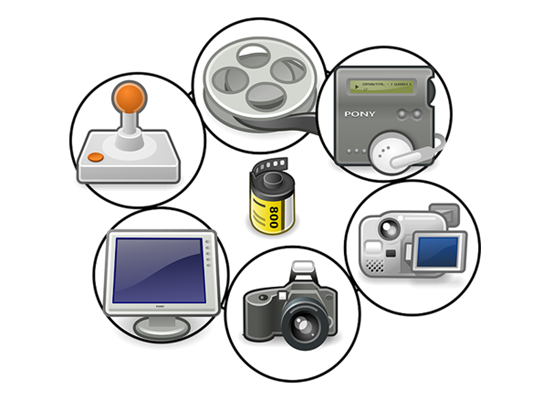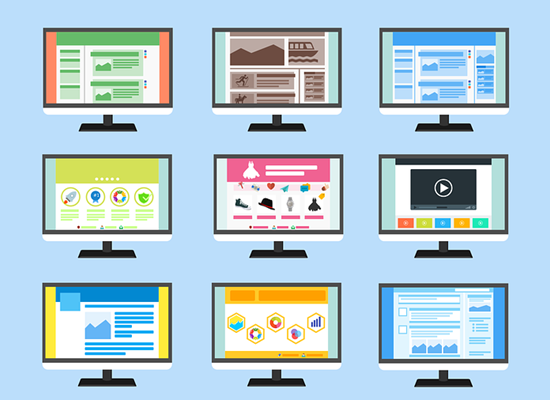Multimedia Designs are innovative projects that harness a fusion of diverse media elements to convey ideas or disseminate information. These creations are not confined to a single medium; instead, they blend text, graphics, audio, video, and interactive elements to enrich the user’s experience. From educational websites to online training materials and e-learning modules, multimedia designs are pervasive in the digital realm.
Key Elements of Multimedia Projects
At the heart of any multimedia project are its components, often termed as assets or multimedia elements. These include graphics that capture attention, sound that adds an auditory dimension, streaming video that provides visual context, animation that brings content to life, dynamic web pages that offer an interactive experience, and responsive web forms that engage users actively. These elements are meticulously woven together in web development to craft an interactive experience that transcends traditional text-based information delivery.
Applications and Impacts of Multimedia Designs
The primary purpose of multimedia designs is to present concepts, information, or specialized training in a manner that’s engaging and accessible. Whether it’s for entertainment or enhancing a website’s functionality, multimedia designs have a broad spectrum of applications. In the realm of e-learning, they revolutionize traditional education models by incorporating interactive simulations and assessments, significantly reducing costs while ensuring the material remains current and accessible.
Enhancing Communication Through Multimedia Designs
The goal of multimedia designs is to bridge communication gaps by integrating familiar elements with novel content. This approach not only facilitates learning by associating new information with known contexts but also encourages user interaction and feedback, leading to a deeper, internalized understanding of the material presented.
Diverse Design Approaches in Multimedia
Multimedia presentations can vary greatly in their design style, falling into categories such as linear, non-linear, or a hybrid of both. Linear designs guide users through content in a sequential manner, fostering a structured learning experience. In contrast, non-linear designs offer the freedom to explore content in any order, catering to the user’s curiosity and personal learning pace. The choice of design style is crucial and is determined based on the target audience and the objectives of the multimedia project.
Catering to Varied Learning Styles with Multimedia
Understanding the spectrum of learning styles is vital for creating multimedia content that resonates with a broad audience. Some individuals grasp concepts through reading (textual learners), others prefer listening (auditory learners), while many find visual aids like images and animations more effective (visual learners). Multimedia designs have the unique advantage of accommodating these diverse learning preferences, significantly enhancing the retention of new information by providing an interactive, engaging experience.
Knowing Your Audience: The Key to Effective Multimedia Design
The cornerstone of any successful multimedia project is a deep understanding of the target audience. The design choices, from the complexity of the content to the multimedia elements used, should be tailored to the preferences and needs of the intended users. Whether creating a vibrant, graphic-rich site for children or a professional platform for architects, the inclusion of relevant, familiar elements is essential for connecting with your audience and maximizing the impact of your multimedia design.
In conclusion, multimedia design stands as a testament to the evolution of digital communication, offering an immersive, interactive way to present information and ideas. By skillfully blending various media types, designers can create experiences that not only convey messages more effectively but also engage users on a deeper level, catering to diverse learning styles and preferences. As we continue to explore the potential of multimedia in various domains, it becomes clear that understanding your audience and leveraging the right mix of elements are paramount for crafting compelling, impactful multimedia designs.





